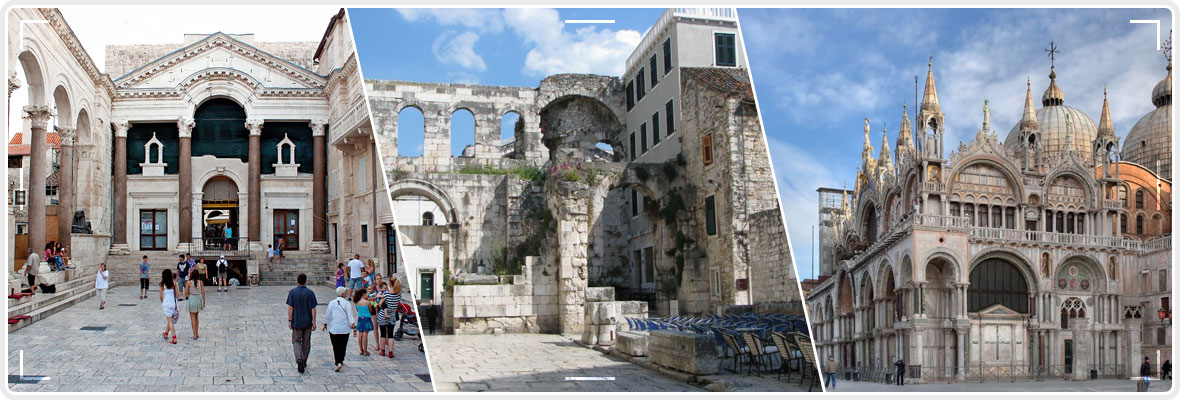
Table of Contents
Croatia The split along the Croatian Dalmatia is like a city forgotten by time. The ancient centre is different from any place you have seen before; the whole area is occupied by a vast Roman palace, strengthened after 1700. This building has been intact for centuries and was later incorporated into new facilities, such as Saint Doge Cathedral, whose heart is the tomb of the fourth century.
Tip: Explore and book tours and activities in advance here: One-day trip to the Plitvice Lakes is one of the most recommended tours.
You may know some places around Split from TV shows, and it may be easy to forget that local attractions such as Klis Castle and beautiful Trogir are real places, not Hollywood scenery! Let’s take a look at the best things in Split:
Diocletian’s Palace dominates the city’s historical centre. In Europe, there is nothing better than this: a well-preserved 4th-century complex combines the remains of a majestic Diocletian retirement village and a large military camp. This is much larger than the castle, with surprises in every corner. Needless to say, this palace is on the UNESCO list, and you can even walk through the original Roman streets that pass through the complex: Decumanus and Cardoon still retain the original cobblestones. It’s no surprise if you shoot the “Game of Thrones” scene on this fantastic website.
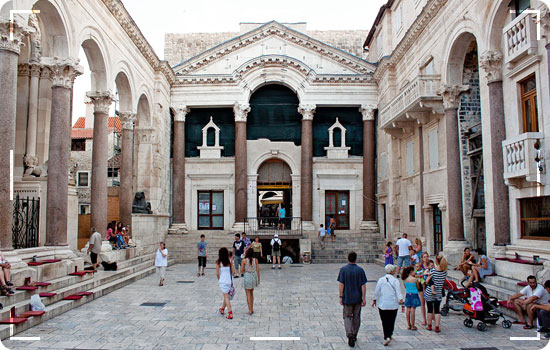
Photo Credit: Diocletian’s Palace
You need at least a few hours to get to know the old city, and there is no better way than walking. Head to Pjaca Square, where Split’s old town hall leads to a refined square with smooth marble tiles and a cafe with outdoor seating. Fruit Plaza is also necessary because its name comes from the market held here centuries ago. Below are several beautiful Renaissance buildings, the remains of Venice in Split. To understand people’s lives in Split, try Marmont Street, which runs all the way to the water, surrounded by high-end shops, cafes, and restaurants.
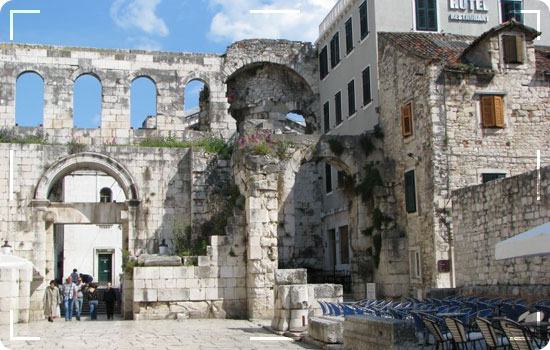
Photo Credit: Historical-Split
One of the fascinating features of old Split architecture is how to reuse ancient architecture. A perfect example is Split Cathedral, which used to be Diocletian’s mausoleum. The central part of the structure dates back 350 years, which makes St Doge’s the oldest cathedral in the world. It is fascinating to see how the Roman elements, like the original 24-pillar support ring, merged with the unique characteristics of the Catholic place of worship. You can also spend some time visiting the door of the Romanian wooden cathedral, which has been intact since 1200.
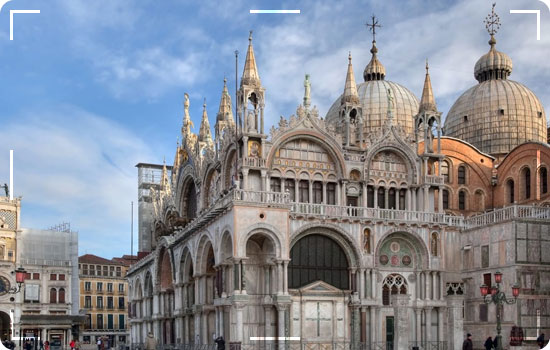
Photo Credit: St-Doges-Cathedral
Peristil Square is the original Roman Forum, where you can admire the majesty of ancient architecture. The afternoon coffee cup will not be more dramatic than this, which is for sure! Diocletian appeared alone in this square, and his loyal subjects succumbed in front of the former emperor. The 3,500-year-old Egyptian sphinx brought to the city by Diocletian still stands. The epic steles around the square give Peristeel excellent acoustics so that you can watch an opera or stage performance in the summer.
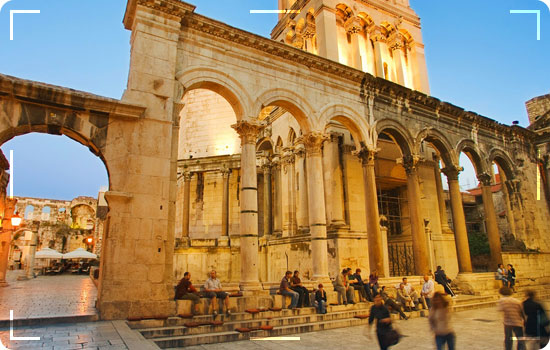
Photo Credit: Peristil-Square
In the west of the city, this steep 170-meter hill is covered with cypress and Mediterranean pine trees. If you want to get some fresh air and aerobic exercise or find some split points that are not used often, it is just a ticket. This Jewish cemetery on the Shandong side is fascinating. There have been no tombs since 1945, but many tombstones are still being read. Some of the tombstones date back to the 18th century. There are also two churches on the hill, namely St. Nicholas Church in the 1200s and St. Jerome Church in the 1400s an altar. Renaissance sculpture by Andrea Alessi in Venice.
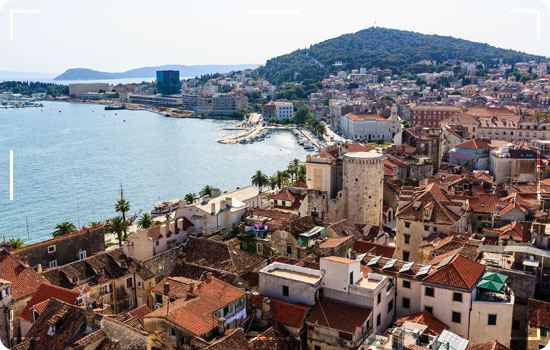
Photo Credit: Marjan
Next to the cathedral is Split’s famous Campanile, and the stunning view of the six floors narrows as you climb to higher floors. In this process, you will be exposed to elements and able to browse through the arched windows of the tower, which is a classic feature of Romanesque design and has hardly changed since the 1000s. The most important thing is that its prize money will be the views of Split and the Adriatic. It is worth climbing a little tired and a small entrance fee!

Photo Credit: Campanile
The theme and creator of the magnificent statue outside the Golden Gate is a huge problem. Ivan Meštrović is a master sculptor in his industry. After the emergence of communism, he continued his career in the United States, where his public works were as valuable as ever. Discuss later. On the other hand, Grgur Ninski was a bishop of the 10th century and a symbol of Croatia. He used the Croatian language for religious services, challenged the pope, helped the spread of Christianity in the region, and established Croatian national identity. People stroked his good luck with his big Ninski fingers; years of contact made this tiny bronze lustre sparkle.
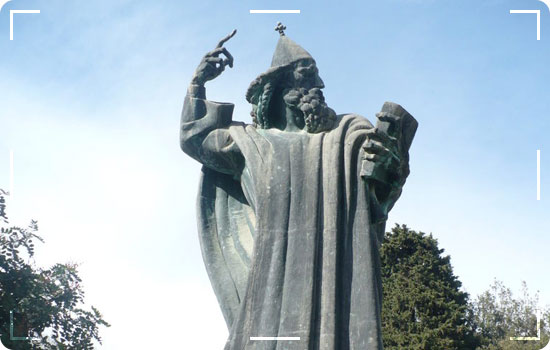
Photo Credit: Statue-of-Grgur-Ninski
You will know why the castle also appeared on the Highland Pass in Game of Thrones when you see it. Klis Castle is balanced on the cliffs above the terraced hills of the city of the same name and is surrounded by steeper slopes than light grey rocks. This is an unforgettable performance; this structure has bled for thousands of years. The ancient Illyrians were the first to build castles here. For centuries throughout the Middle Ages, Klis was the seat of the Croatian king. During the Ottoman War, who owned the castle, which is located 10 kilometres northeast of Split was the upper hand in the region.
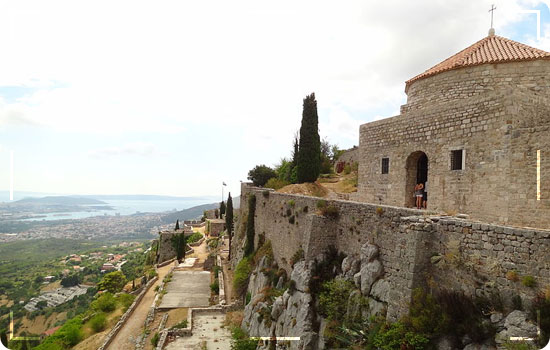
Photo Credit: Klis-Castle
An hour away from Split, this national park runs along the Krka River. Stravinski Buk’s sublime is something many people see. It is a natural pond with a length of 400 x 100 meters. It feeds on a limestone waterfall at one end and is empty at the other end. There are 17 waterfalls in this place alone, and its height is about 50 meters. You can spend hours wasting time on this scene: the swimming pool is surrounded by green trees and is also a fan of sunshine dancing in the circular waters. Also, make sure to set aside time for the waterfalls on Roški Slap and Visovac islands, where there are 15th-century monasteries.
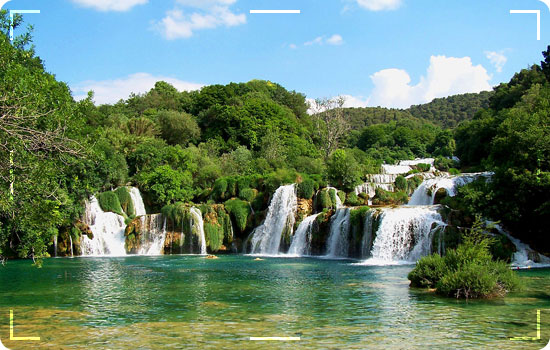
Photo Credit: Krka National Park
If you want to know that everything falls in and around Split, this is your answer. The Archaeological Monument Museum has collected about 20,000 works, of which only a quarter can be exhibited. Most of them come from the Middle Ages and usually include jewellery, weapons, shields and household items. In terms of Croatian culture, the most valuable works are all kinds of stone carvings, carvings and sculptures related to Croatian kings, nobles and clergymen from the eighth to the eleventh century.
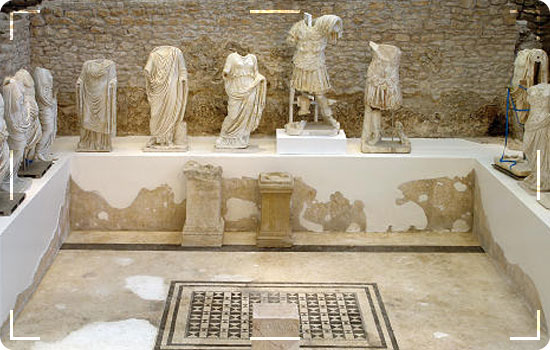
Photo Credit: Croatian-Archaeological-Museum
If you want to explore the background of one of Croatia’s most outstanding artists (and the urban sculptor from Grgur Ninski), that is a good way to spend the afternoon. It is the most extensive collection of Meštrović’s works and can be found anywhere, with nearly 200 sculptures, drawings, furniture and architectural plans. The museum is located in a 1930s building designed by the artist’s house. It was reopened in 1998 after being in disrepair during the Yugoslav War. In addition to the indoor exhibition, there is a spacious outdoor sculpture garden for you to enjoy.
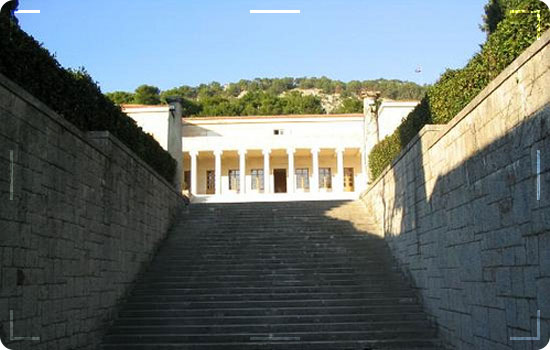
Photo Credit: Ivan-Mestrovic-Gallery
Salona is a bus that departs from the centre of Split and is the most important city of the Roman Empire in the Balkans. Sixty thousand people live in high places in the city of Salona. Although it was robbed and abandoned in the sixth century, the archaeological park is a bright day and retains most of the buildings here. The most obvious is the theater, which used to have 18,000 spectators. You can track the perimeter of the area and see how the balcony benches are aligned with the slope of the building.
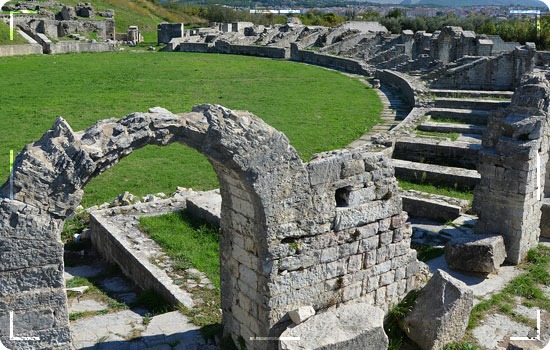
Photo Credit: Salona
However, another UNESCO site, Trogir, resembles the medieval peak. You do not have to be a historian to fall in love with Trogir: this is the best-preserved Roman and Gothic building in Europe. The location is part of the charm because the city is a sturdy island connected to the mainland by a bridge. The 15th-century Trogir wall protects the maze-like valley streets because the buildings have not changed since the 12th century. There are ten historic churches in the old town, including the impressive 13th-century cathedral. Here you can book great tours of Blue Lagoon and Trogir.
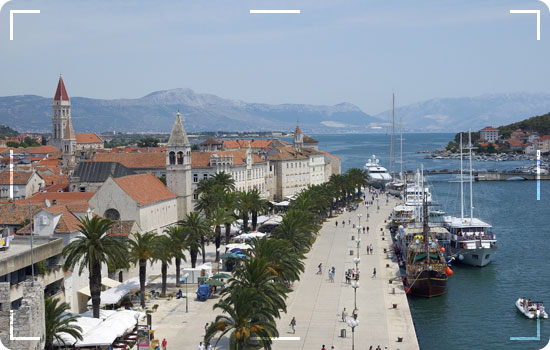
Photo Credit: Trogir
Since 2017, Saba Ghani has been serving as the talented and dedicated chief content writer for Pakistan Tour and Travel & EMHI Solutions. With her exceptional writing skills and in-depth knowledge of the travel industry, she has been instrumental in crafting engaging and informative content that captivates the audience. You can catch her at [email protected] or Twitter
Offering Pakistan Tour And Travel plans from Islamabad , Lahore & Karachi